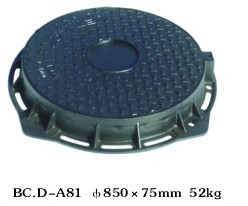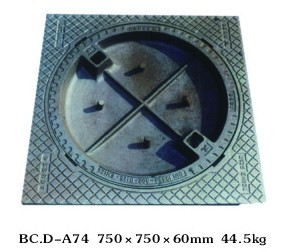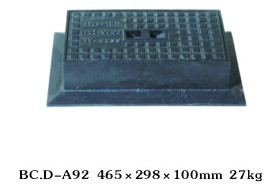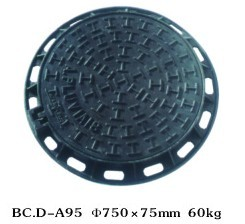Product Introduction of Foundry Casting manhole cover
As a foundry that was established in 2001, we have been manufacturing casting manhole covers for more than twenty years.
The manufacturing process of casting manhole covers consists of five steps: pattern making, mold preparation, melting/pouring, cooling and finishing.
1. Pattern making
Manhole patterns are machined out of aluminum. Aluminum models are used for large production runs because of their greater durability. Patterns are designed to be slightly larger than the finished casting manhole covers to allow for shrinkage as the castings cool.
2. Mold preparation
The sand molds are created by placing the two halves of the manhole model into boxes called flasks so that the models form the base of the box.
3. Melting/pouring
Cupola, electric arc, induction, and crucible furnaces are commonly used to melt the scrap steel that most foundries use to produce cast iron. The manufacturing of a casting manhole cover uses a sand mold.
Crap steel is placed into the furnace and melted at about 2,700°F (1,500°C).
4. Cooling
It takes about an hour and a half for the metal to cool sufficiently so that it can be removed from the mold. Complete cooling takes about a day.
5. Finishing
While finishing can be a large part of the casting process for intricate castings, casting manhole covers do not require a lot of finishing. For the most part, all that is required is to remove the runners, gates, and risers (the channels into which the molten iron was poured become little stalagmites on the finished manhole covers), sandblast the surface, and then machine the bearing surfaces to assure that the cover will lie flat in its frame.



